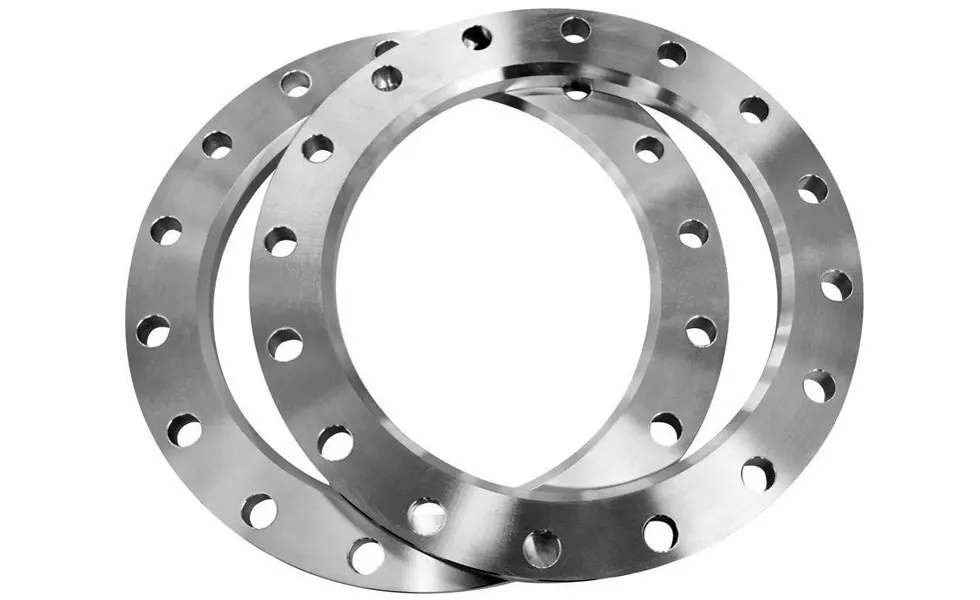-
Cangzhou Yulong Steel Co., Ltd.
-
Phone:
+86 13303177267 -
Email:
admin@ylsteelfittings.com
- English
- Arabic
- Italian
- Spanish
- Portuguese
- German
- kazakh
- Persian
- Greek
- French
- Russian
- Polish
- Thai
- Indonesian
- Vietnamese
- Zulu
- Korean
- Uzbek
- Hindi
- Serbian
- Malay
- Ukrainian
- Gujarati
- Haitian Creole
- hausa
- hawaiian
- Hebrew
- Miao
- Hungarian
- Icelandic
- igbo
- irish
- Japanese
- Javanese
- Kannada
- Khmer
- Rwandese
- Afrikaans
- Albanian
- Amharic
- Armenian
- Azerbaijani
- Basque
- Belarusian
- Bengali
- Bosnian
- Bulgarian
- Catalan
- Cebuano
- China
- China (Taiwan)
- Corsican
- Croatian
- Czech
- Danish
- Esperanto
- Estonian
- Finnish
- Frisian
- Galician
- Georgian
- Kurdish
- Kyrgyz
- Lao
- Latin
- Latvian
- Lithuanian
- Luxembourgish
- Macedonian
- Malgashi
- Malayalam
- Maltese
- Maori
- Marathi
- Mongolian
- Myanmar
- Nepali
- Norwegian
- Norwegian
- Occitan
- Pashto
- Dutch
- Punjabi
- Romanian
- Samoan
- Scottish Gaelic
- Sesotho
- Shona
- Sindhi
- Sinhala
- Slovak
- Slovenian
- Somali
- Sundanese
- Swahili
- Swedish
- Tagalog
- Tajik
- Tamil
- Tatar
- Telugu
- Turkish
- Turkmen
- Urdu
- Uighur
- Welsh
- Bantu
- Yiddish
- Yoruba

Nov . 27, 2024 12:27 Back to list
DIN Slip-On Flange Specifications and Applications in Piping Systems
Understanding DIN Slip-On Flanges A Comprehensive Overview
When it comes to piping systems and connections in industrial applications, flanges play a crucial role in ensuring the stability and integrity of the system. Among various types of flanges available, DIN slip-on flanges stand out for their practicality and versatility. This article will explore the characteristics, advantages, applications, and installation practices associated with DIN slip-on flanges.
What is a DIN Slip-On Flange?
A DIN slip-on flange is a type of flange that is designed to slip over the end of a pipe. It is characterized by its simple design, featuring a flat face that makes it easy to weld onto the pipe. The term DIN refers to the German Institute for Standardization (Deutsches Institut für Normung), which formulates standard specifications for various mechanical components, including flanges. The dimensions and manufacturing standards for DIN flanges are widely recognized and adhered to across the globe.
Characteristics of DIN Slip-On Flanges
DIN slip-on flanges typically come in various sizes, materials, and pressure ratings, making them suitable for a broad range of applications. They are usually made from materials like carbon steel, stainless steel, and other alloys, providing options for different environmental conditions and fluid types.
Key characteristics include
1. Design Slip-on flanges have a raised face or flat face and are designed for easy installation. This makes them convenient for maintenance and repair activities. 2. Welding They are designed to be welded to the pipe's surface, providing a robust and leak-proof joint when properly executed. 3. Pressure Ratings DIN slip-on flanges are available in various pressure classes, which allow for their use in different pressure environments.
Advantages of DIN Slip-On Flanges
1. Ease of Installation One significant advantage of slip-on flanges is their ease of installation. They do not require precise alignment compared to other flange types, allowing for quicker assembly. 2. Cost-Effectiveness Slip-on flanges are generally less expensive than their counterpart, the weld neck flange, due to their simpler design and manufacturing process. This cost-effectiveness is a significant factor in industrial applications where budget constraints are paramount.
3. Versatility These flanges can be used in a variety of piping applications, including water supply systems, chemical processing, and oil and gas industries. Their adaptability to different pipe materials and sizes enhances their utility in diverse environments.
din slip on flange

Applications of DIN Slip-On Flanges
DIN slip-on flanges find applications in numerous industries due to their reliability and compatibility with various systems. Some common applications include
- Water and Wastewater Treatment Their ability to create tight seals makes them ideal for water treatment plants. - Oil and Gas These flanges are often employed in pipelines for transporting crude oil and natural gas, where strength and leak prevention are critical. - Pharmaceutical and Food Processing Their ease of cleaning and corrosion resistance when made from stainless steel makes them suitable for hygienic applications.
Installation and Best Practices
Proper installation of DIN slip-on flanges is essential to ensure operational safety and efficiency. Here are some best practices to consider
1. Surface Preparation Before welding, ensure that both the flange and pipe surfaces are clean and free from contaminants. 2. Welding Technique Use appropriate welding techniques to ensure a uniform and strong weld. Inadequate welding can lead to leaks or failures in the system.
3. Torque Specifications When bolting the flange, adhere to manufacturer torque specifications to prevent overtightening, which can lead to material deformation or damage.
4. Inspection Post-installation, conduct thorough inspections to ensure the integrity of the flange connection, checking for any signs of leakage or wear.
In conclusion, DIN slip-on flanges serve as a critical component in many piping systems, providing robust, cost-effective, and versatile solutions for a wide range of applications. By understanding their characteristics, advantages, and proper installation practices, engineers and technicians can ensure the reliable operation of piping systems across various industries.
Latest news
-
ANSI 150P SS304 SO FLANGE
NewsFeb.14,2025
-
ASTM A333GR6 STEEL PIPE
NewsJan.20,2025
-
ANSI B16.5 WELDING NECK FLANGE
NewsJan.15,2026
-
ANSI B16.5 SLIP-ON FLANGE
NewsApr.19,2024
-
SABS 1123 FLANGE
NewsJan.15,2025
-
DIN86044 PLATE FLANGE
NewsApr.19,2024
-
DIN2527 BLIND FLANGE
NewsApr.12,2024
-
JIS B2311 Butt-Welding Fittings LR/SR 45°/90° /180°Seamless/Weld
NewsApr.23,2024











